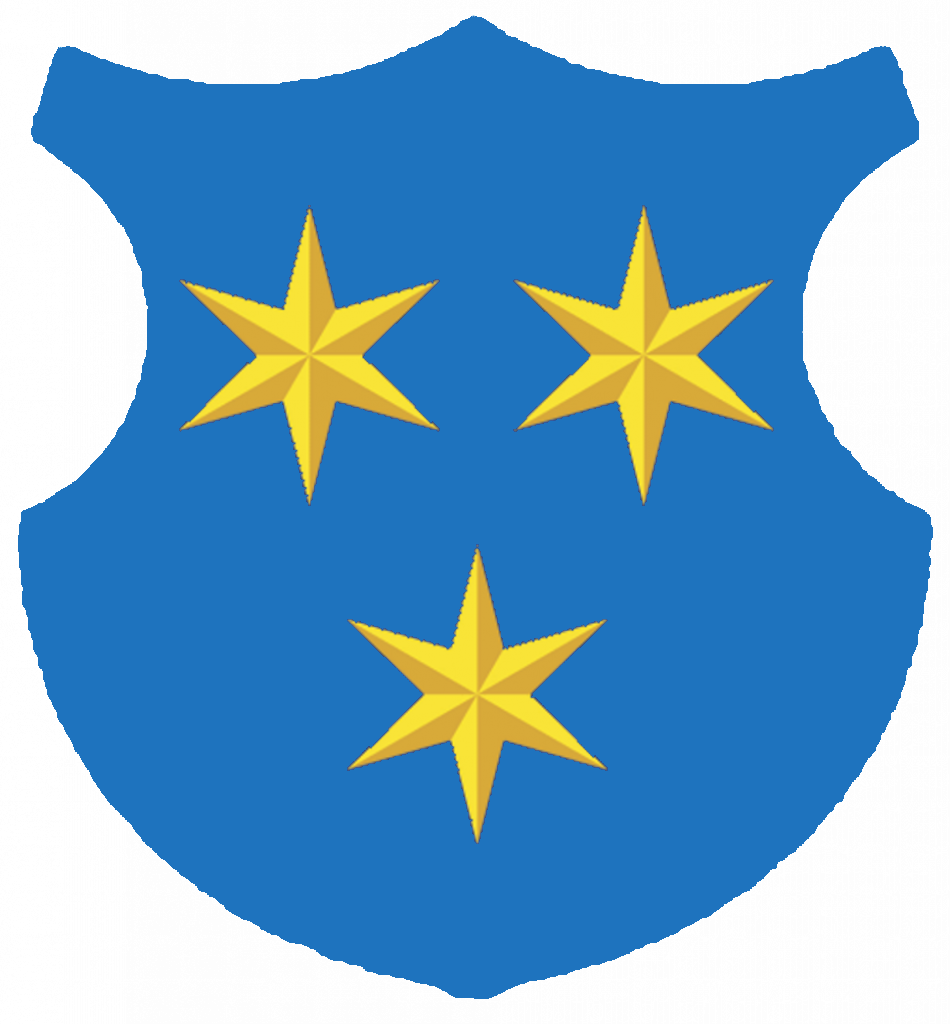| Author: | Article:
The People with Limbs of Steel Apostasy from the True Faith to the Orthodox Church, that Is, to Heresy The Great Hall of Ljubljana Is Being Renovated, Is It Not? |
 |
The People with Limbs of Steel
A Few Fragments from the History of A Village Situated by the Upper Course of the Nadiša River
The article presents the way of life led by the people who lived along the upper course of the Nadi§a river until the 16th century, and certain events that occurred in the 18th century which almost led to war. Based on preserved oral sources which supplement archival documents, the article describes a number of old customs and the history of the area.
Apostasy from the True Faith to the Orthodox Church, that Is, to Heresy
In 1889, the villagers of Podraga in the Vipavska valley in western Slovenia, led by liberal -oriented inhabitants, forced their parochial independence by abandoning the Catholic Church and embracing Orthodoxy. Based on contemporary newspaper reports, bishopric and parochial archival materials, as well as oral sources, the author reveals a story with typical popular and religious characteristics. Through the description of the 1889 “uprising” and the bid for ecclesiastical autonomy in the decades preceding the break from the “true faith”, the reader can feel the pulse of life in a village in the Slovene Littoral region at the turn of the century, which, owing to the villagers’ apostasy, was regarded as a problematic area.
The Great Hall of Ljubljana Is Being Renovated, Is It Not?
Leopold Theyer and the Town Hall of Ljubljana
The renovation of the largest hall of Ljubljana’s Town Hall was begun during Mayor Hribar’s term in office. The plans made by the city’s official civil engineer for the hall’s new design were based on a construction programme drawn up by Hribar and Hrasky. The construction works were entrusted to Leopold Theyer, an architect from Graz. The renovation works concluded in May, 1898. The hall has one of the few notable and well preserved historical style interiors in Ljubljana.
The Myth of Carinthia in Slovene Culture
The article deals with the myth of Carinthia as the myth of Slovene national statehood which appears in Slovene historiography from the late 18th century onwards, and its echoes in the opuses of poets, writers, playwrights, musicians and painters of national renown.
Ej ko goltneš do tu-le, udari po konjih! *
(Bottoms up and spur the horse on!)
On the Theories of Autochthony Developed by the Slovenes and in Slovenia
A number of the numerous autochthonal theories which emerged regularly amongst the Slovenes from the time of Romanticism and national revival in the 19th century onwards, attempted to prove that the origins of the Slovenes as a people can be traced back to prehistoric times and that they settled the territory of present-day Slovenia already in those remote times. Such theories give very simple interpretations of history, using it as a means of national reawakening and affirmation. By trying to create an image of national history which never existed, they create a historical myth. Thus critics have had little difficulty in demonstrating how weak and unfounded these theories are.
* The title is a Venetic inscription translated into Slovene by Matej Bor
